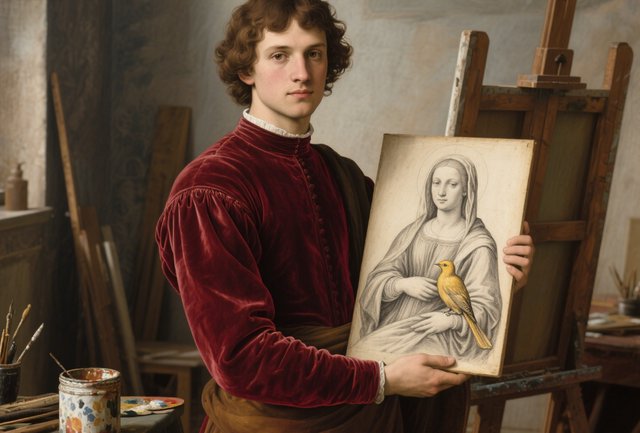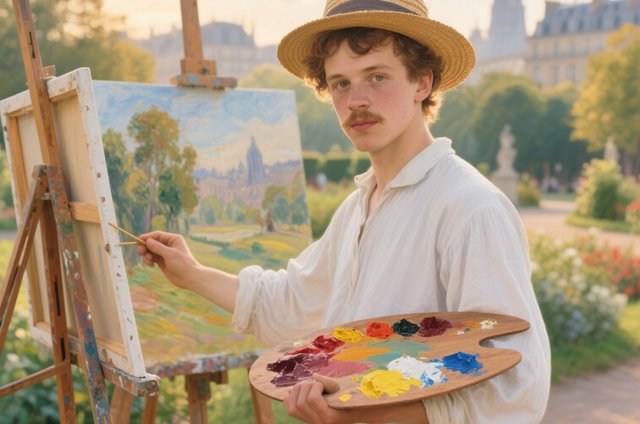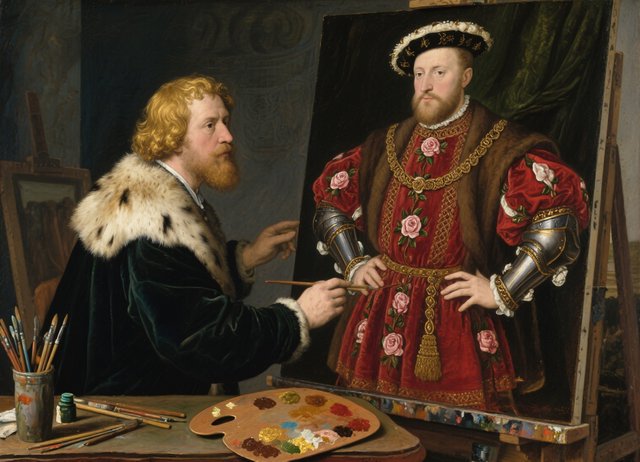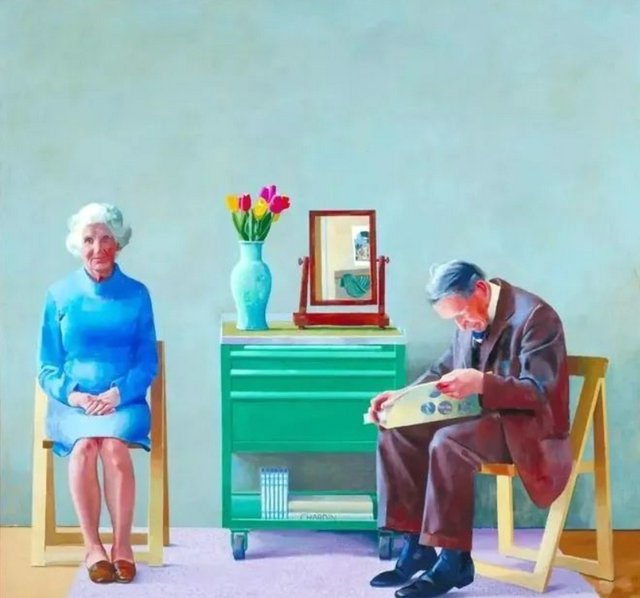The 10 Most Precious Oil Paintings on Earth—Here’s Why They’re Irreplaceable
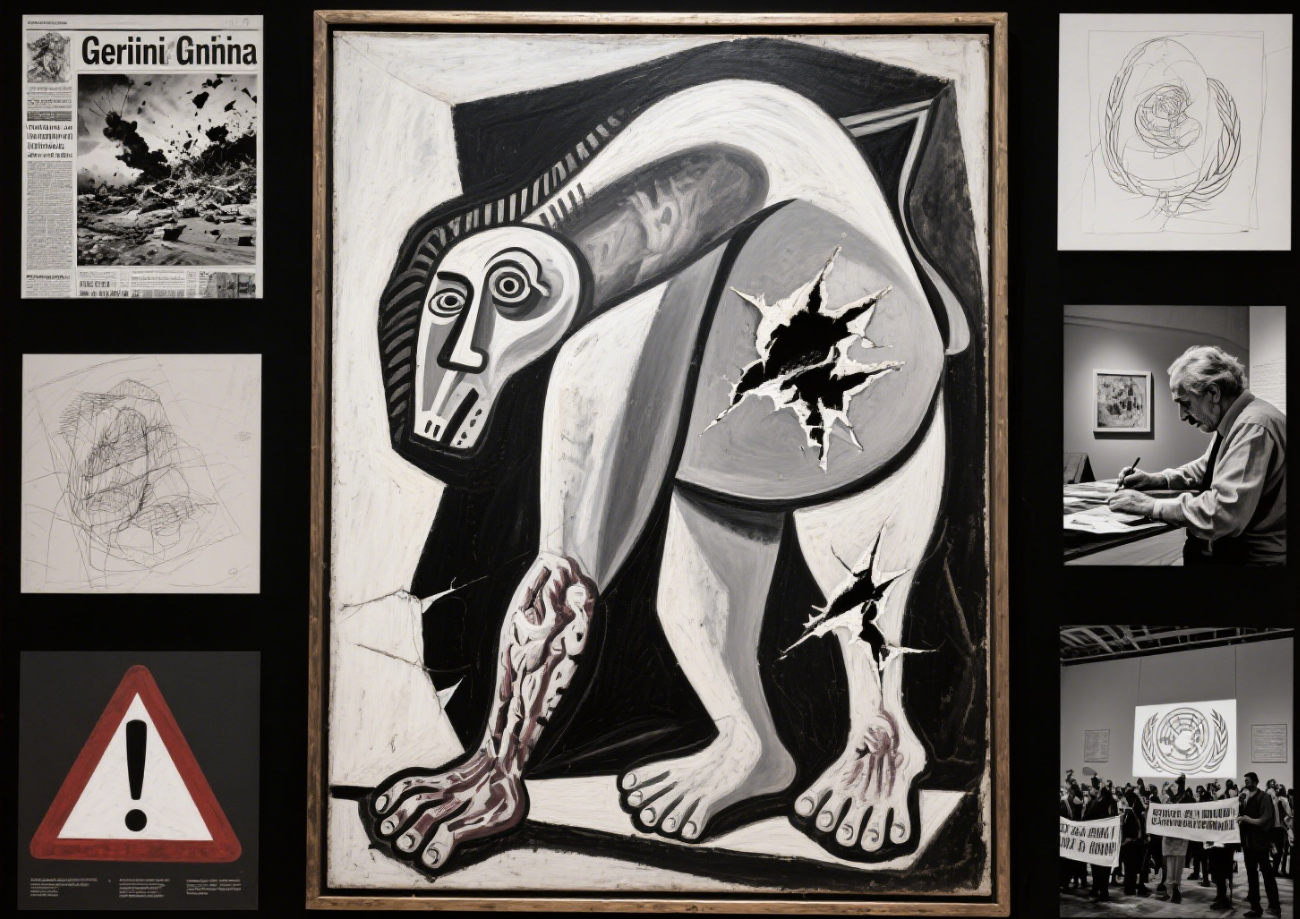
Walk through the world’s greatest museums, and you’ll stand before oil paintings that transcend time. These works aren’t just “valuable”—they’re irreplaceable. Their preciousness comes from more than price tags; it’s rooted in genius, history, and stories that shaped humanity. At theArtPaint, we’ve curated the 10 most precious oil paintings on Earth, and why they matter.
1. Mona Lisa by Leonardo da Vinci (c. 1503–1519)
Housed in the Louvre, Paris, Mona Lisa is the face of Western art. What makes her precious? Leonardo’s revolutionary “sfumato” technique—blurring edges to create lifelike depth—redefined portrait art. Her enigmatic smile, a mix of joy and mystery, has sparked 500 years of debate.
But its true value lies in rarity: Leonardo completed fewer than 20 paintings. Mona Lisa is his only surviving portrait of a commoner, making it a window into Renaissance humanism. Stolen in 1911, the heist made it a global icon—proving some art becomes precious because the world can’t stop talking about it.
2. The Starry Night by Vincent van Gogh (1889)
Van Gogh’s swirling night sky, painted during his stay at a French asylum, is a raw explosion of emotion. Its preciousness stems from how it redefined “seeing”—he didn’t paint the night as it was, but as he felt it.
The painting’s backstory amplifies its worth: Van Gogh sold only one work in his lifetime, yet The Starry Night now symbolizes the triumph of passion over neglect. Its bold, impasto brushstrokes (thick paint layers) set a template for modern expressionism, making it a cornerstone of art evolution.
3. The Last Supper by Leonardo da Vinci (c. 1495–1498)
Painted on a Milan monastery wall, this mural captures Jesus announcing one disciple will betray him. Its genius? Leonardo’s use of perspective—lines converge at Jesus’ head, drawing all eyes to the moment of tension.
But its preciousness is fragile: he experimented with a new technique (tempura on dry plaster) that began crumbling within decades. Centuries of wars and neglect nearly destroyed it, making its survival a miracle. Today, it’s a symbol of both artistic innovation and humanity’s drive to preserve beauty.
4. Sunflowers (Vase with Fifteen Sunflowers) by Vincent van Gogh (1888)
Van Gogh’s vibrant sunflowers aren’t just pretty—they’re a love letter to life. Painted to decorate his friend Gauguin’s room, the series (only 7 survive) uses warm yellows to symbolize hope, even as Van Gogh battled despair.
What makes it precious? It’s a rare blend of personal emotion and universal truth. Each petal, thick with paint, feels alive—proof that art can turn everyday objects into icons. When one sold for $40 million in 1987, it redefined how the world values “feeling” in art.
5. The Scream by Edvard Munch (1893)
Munch’s distorted figure, screaming under a blood-red sky, is the face of modern anxiety. Its preciousness lies in its prescience: painted before Freud’s theories on the unconscious, it captured humanity’s growing sense of alienation.
The fact that Munch made 4 versions (2 paintings, 2 pastels) adds to its allure—each shows his obsession with the theme. Stolen twice (in 1994 and 2004) and recovered, it’s a symbol of art’s power to disturb and unite us.
6. Water Lilies Series by Claude Monet (c. 1899–1926)
Monet’s 250+ paintings of his Giverny garden ponds redefined art. He didn’t chase “accuracy”—he painted how light dances on water, hour by hour, season by season.
Their preciousness? They invented “impressionism 2.0,” proving art could be a sensory experience, not just a representation. The Musée de l’Orangerie in Paris displays 8 massive Water Lilies in a circular room, letting viewers “step into” the painting—a radical idea that changed how we exhibit art.
7. Guernica by Pablo Picasso (1937)
Picasso’s black-and-white mural depicts the Nazi bombing of the Spanish town Guernica. It’s not just art—it’s a protest. Painted in 6 weeks, its fragmented figures (a screaming mother, a dying horse) make horror visible.
Its preciousness is in its purpose: it turned art into a political voice. Displayed at the UN during the Cold War, it reminded leaders of war’s cost. Today, it’s a global symbol of resistance—proof that a painting can outlive the event that inspired it.
8. The Creation of Adam by Michelangelo (1508–1512)
Part of the Sistine Chapel ceiling, this fresco shows God’s finger almost touching Adam’s—a split-second of divine connection. Michelangelo’s genius? He made a religious story feel human: Adam’s relaxed pose, God’s outstretched arm—both feel alive.
Its preciousness? It’s the world’s most famous “moment.” Copied in ads, memes, and tattoos, it transcends religion to symbolize humanity’s search for meaning. Painted while Michelangelo lay on his back for 4 years, it’s also a triumph of physical and mental endurance.
9. The Night Watch by Rembrandt van Rijn (1642)
Rembrandt’s massive portrait of a Dutch militia group isn’t just a “group photo”—it’s a drama. He used light to focus on key figures (the captain in red, the girl with a chicken), turning a static scene into a story.
What makes it precious? It revolutionized portraiture. Before, groups posed stiffly; Rembrandt made them move, laugh, live. It was nearly cut down in the 18th century to fit a smaller room—thankfully, it survived, a reminder of how easily masterpieces can be lost.
10. Wheatfield with Crows by Vincent van Gogh (1890)
Painted days before Van Gogh’s death, this dark, stormy landscape feels like a cry from the heart. Its swirling crows and jagged paths spark debate: is it a suicide note, or a final burst of creativity?
Its preciousness is in its mystery. It’s the last painting Van Gogh is known to have completed, making it a haunting farewell. Yet its bold colors (golden wheat, deep blue sky) show he never stopped seeing beauty—even in darkness.
How to Recognize a Precious Oil painting
Not all great art is “precious,” but these traits often signal lasting value:
Rarity: Few works by the artist survive (like da Vinci’s).
Innovation: It changed how art is made (Monet’s Water Lilies).
Emotional Resonance: It speaks to universal feelings (The Scream).
Cultural Impact: It shapes how we see the world (Guernica).
For collectors: Always check provenance (ownership history) and condition. A painting with a clear story and minimal damage holds more value. Consult experts (like theArtPaint’s team) to verify authenticity—fakes are common, but true masterpieces have telltale signs (e.g., Van Gogh’s unique brushstrokes).
Table: The 10 Most Precious Oil Paintings & Their Key Traits
| Rank | Painting | Artist | Year | Key Reason for Preciousness |
|---|---|---|---|---|
| 1 | Mona Lisa | Leonardo da Vinci | 1503–1519 | Revolutionary technique + global cultural iconography |
| 2 | The Starry Night | Vincent van Gogh | 1889 | Emotional expression + redefined modern art |
| 3 | The Last Supper | Leonardo da Vinci | 1495–1498 | Groundbreaking perspective + fragile survival |
| 4 | Sunflowers (15) | Vincent van Gogh | 1888 | Symbolism of hope + personal narrative |
| 5 | The Scream | Edvard Munch | 1893 | Captured modern anxiety + cultural endurance |
| 6 | Water Lilies Series | Claude Monet | 1899–1926 | Invented sensory art + redefined exhibition design |
| 7 | Guernica | Pablo Picasso | 1937 | Merged art and politics + global protest symbol |
| 8 | The Creation of Adam | Michelangelo | 1508–1512 | Iconic “divine moment” + physical artistic triumph |
| 9 | The Night Watch | Rembrandt | 1642 | Revolutionized group portraiture + dramatic storytelling |
| 10 | Wheatfield with Crows | Vincent van Gogh | 1890 | Final work + haunting mystery |
These 10 paintings aren’t just “expensive”—they’re the backbone of art history. They teach us how to see, feel, and connect. At theArtPaint, we celebrate their legacy by helping art lovers understand what makes a masterpiece truly precious: not just skill, but soul.
Ready to explore more? Dive into our guides on identifying hidden artistic genius or preserving your own oil paintings for generations.
theArtPaint.com—where every stroke tells a story.

